SLC27-W2 | A One-Day Street Journalist: Factory and industrial area businesses.
Hello..!!
My Dear Friends,
I am @tanvirahammad10 from #Bangladesh 🇧🇩
One of the busiest areas of Dhaka is the Mirpur Industrial Area, where thousands of workers work in factories every day and various small businesses have sprung up around it. The most prominent of these businesses are the roadside cloth shops, which are very popular with the workers and the common people. These shops are not only shopping centers, but also an important part of the local economy. Below is a detailed description of these shops and their socio-economic role.
What are the popular businesses in the industrial area of your city?
The industrial area of my city is mainly focused on clothes, garments and small factories. Numerous small and big shops and businesses have been built on both sides of the roads in this area. The most popular of these are the cloth shops located on the roadside. These shops sell various types of clothes, from T-shirts, jeans, formal shirts, trousers, shirts, shorts, hats, socks to uniforms for workers.
In addition, some shops also sell rejected or over-produced clothes directly from garment factories at low prices, which are of good quality and durable. As a result, everyone from workers to ordinary buyers can collect clothes according to their needs from here.
During the day, these shops are constantly visited by factory workers. In the morning and afternoon, especially during factory holidays, the crowd of people on the roadside increases to such an extent that it seems like a small fair has been held. In addition to clothing stores, there are also some shoe, bag, belt, watch, and household goods stores, which meet the daily needs of people in the industrial area.
Have you ever bought anything from these stores? Show pictures + videos and show their prices.
Yes, I myself have bought things from the cloth shops on this side of the road several times. The last time I bought a pair of denim jeans and a T-shirt from a shop. The prices of the clothes in these shops were reasonable,
| Name | BDT price | Steem price |
|---|---|---|
| T-shirt | 200-300 | 13. 57-20.35 |
| Shirt | 300-500 | 20.35-33.93 |
| Pants | 600-800 | 40.71-54.29 |
| short Pants | 100 | 6.78 |
| Towser | 300 | 20.35 |
| Pajamas | 150 | 10.17 |
| Children's shirts | 50 | 3.35 |
| Children's pants | 50-100 | 3.35-6.78 |
| three piece | 400 | 27.14 |
| Veil | 150 | 10.17 |
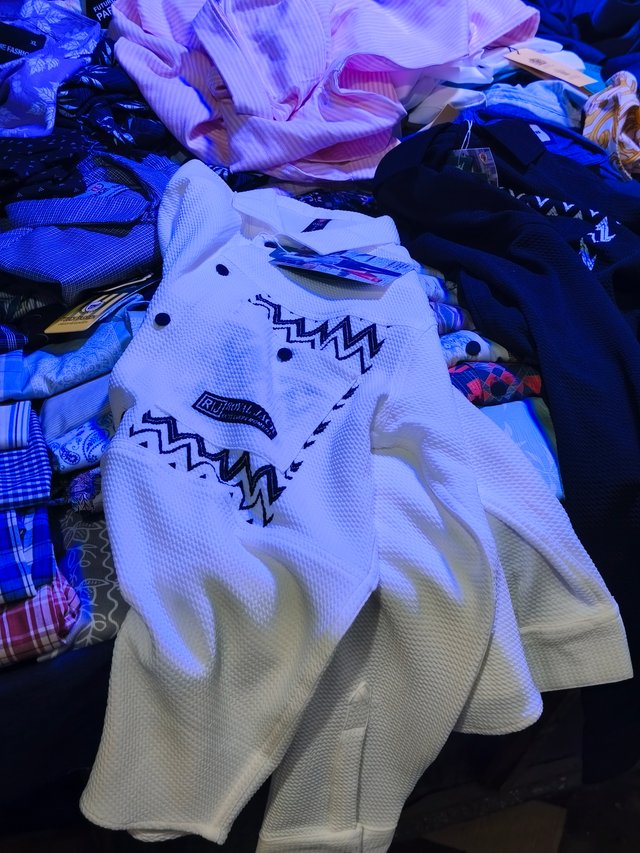 | 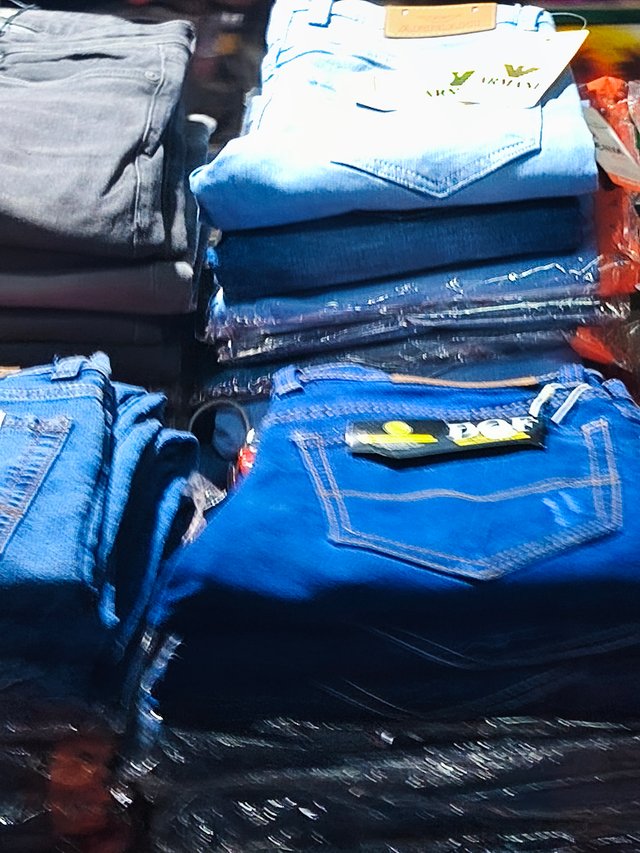 |
|---|
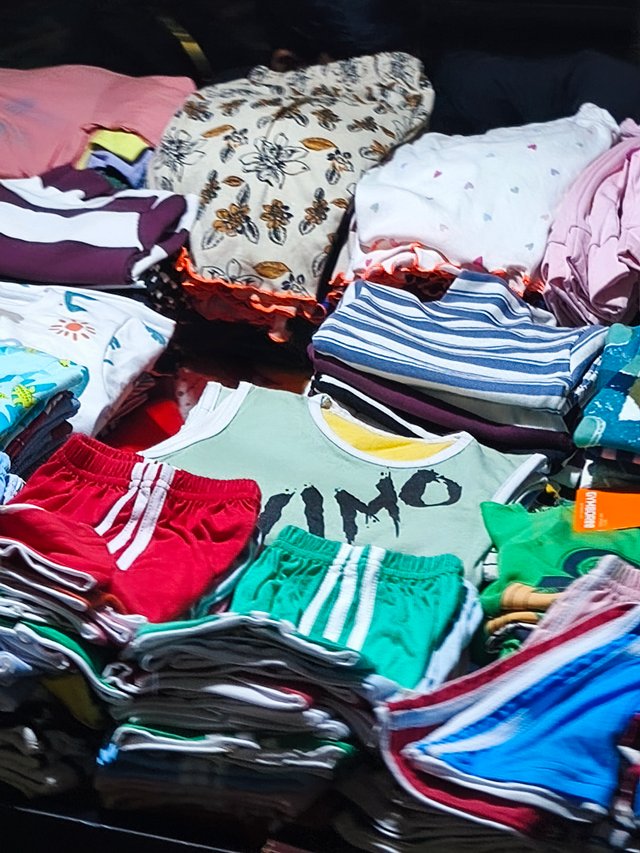 | 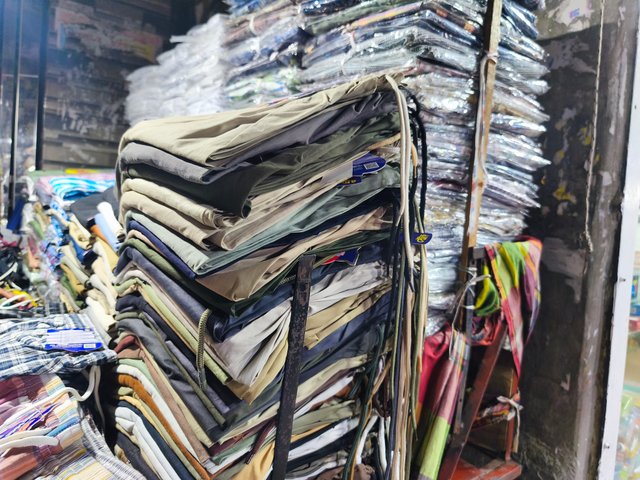 |
|---|
The quality of the goods was relatively good, and the shopkeeper gave me the opportunity to bargain. I took a picture and a video on my mobile phone while buying, where I can see the shop arranged in a small structure made of bamboo and tarpaulin on the side of the road. Colorful clothes are hanging on one side, and folded pants and shirts are kept on the other side. Shoppers are choosing clothes one by one, some are bargaining, and some are trying on their favorite clothes.
The video also shows the shopkeeper very sincerely explaining to the buyers where the clothes come from and what the quality of the clothes is. He said that most of the clothes come from the surplus production or reject items of the nearby garment factories. As a result, the buyers get branded quality clothes at comparatively low prices.
here is my video :
Why are workers or normal people more attracted to these stalls?
There are several important reasons why workers and the general public are attracted to these stalls
Low prices and ease of access. Workers in industrial areas have limited incomes, so they shop at these roadside shops instead of going to branded shops. Here, a good quality T-shirt can be found for 200-300 taka or a pair of jeans for 500-600 taka, which is sold at 2-3 times the price in big shops.
Time saving. Since the shops are near the factories, workers can easily come here after work or on holidays. This eliminates the need for them to go to the market separately. Easy transaction and bargaining opportunities. Here, buyers can bargain as they wish, which is not possible in a general market or shopping mall. Shopkeepers also often give special discounts to known buyers.
Friendly and familiar environment. Most of the people who come to the shops are residents of the same area or work in the same factory. As a result, a kind of social bond is also formed while shopping here. All this makes the workers feel comfortable in these shops and come regularly.
Are these businesses creating income opportunities for people around the factories?
Of course they do, in fact, these shops are one of the lifebloods of the local economy of the industrial area.
Many people living around the factories are directly or indirectly associated with these clothing shops. Some run shops, some carry clothes, some sew or pack clothes. Some bring clothes from garment factories and supply them to these shops as wholesale.
In addition, many family members of workers, such as wives, brothers or children, work in these shops and earn extra income. This improves the financial condition of their families.
Another important aspect is that the recycling process is also accelerated by using unused or rejected clothes from the factory in these shops. In other words, on the one hand, income opportunities are being created, and on the other hand, these shops are also contributing to environmentally friendly businesses.
Finally, it can be said that these small shops are not just businesses, they are a living picture of the local society and economy. Here, hard work, bargaining, friendship, and the struggle for livelihood are mixed together.
The roadside cloth shops in the Mirpur industrial area are a true reflection of urban life. The stories of livelihood are intertwined with the sweat, hopes, and needs of hardworking people. These small businesses are not just places to sell clothes, they are the hope of countless people's lives, the strength of the local economy, and a symbol of self-reliance for the lower strata of society. Therefore, it can be said that these shops in Mirpur are silently driving the economic vitality of the city.

| Open | Every Day |
|---|---|
| Steem Atlas Pin Location | [//]:# (!steematlas 23.7987125 lat 90.35173438 long (A roadside clothing store in Mirpur 1) d3scr) |
| Location on Google | https://maps.app.goo.gl/sz26iHAH3hQKFn3v5 |
| Visit date | 8 October 2025 |
◦•●◉✿ photography details ✿◉●•◦
| Device Name 📱 | Location 📍 | photographer 📸 |
|---|---|---|
| Redmi note 14 pro 5G | Bangladesh | @tanvirahammad10 |
I am inviting my friend @mariyaafrin @jannatakter24 @shihabuddin48 @kalidsyfulla
Thank you very much for reading my post, let me know how you liked it in the comments. Thanks again everyone, stay well.
Best Regards
@tanvirahammad10
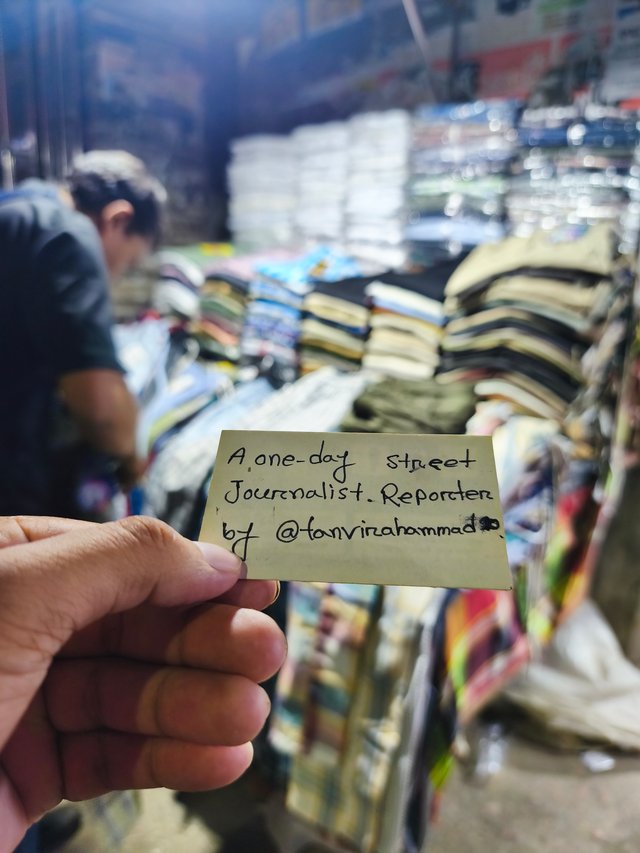
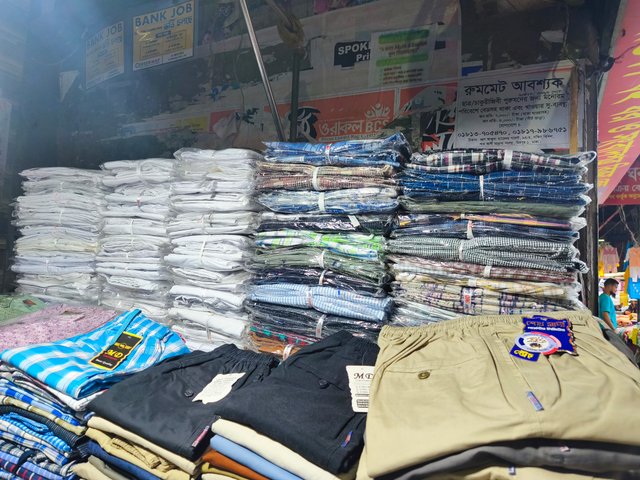
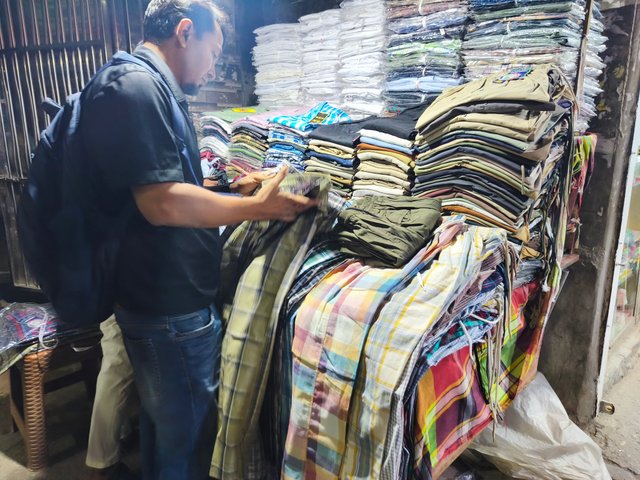
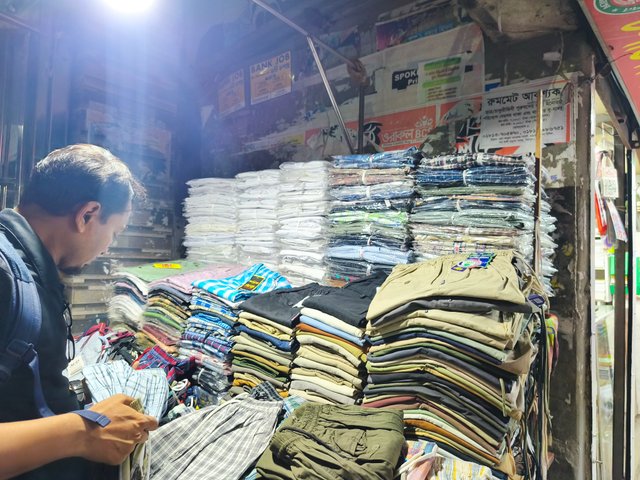
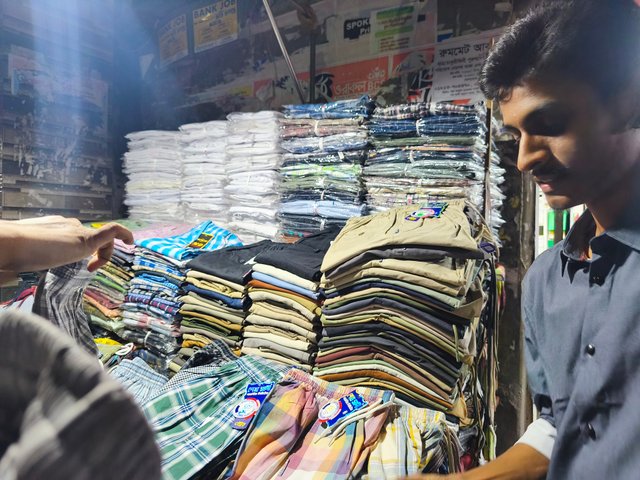
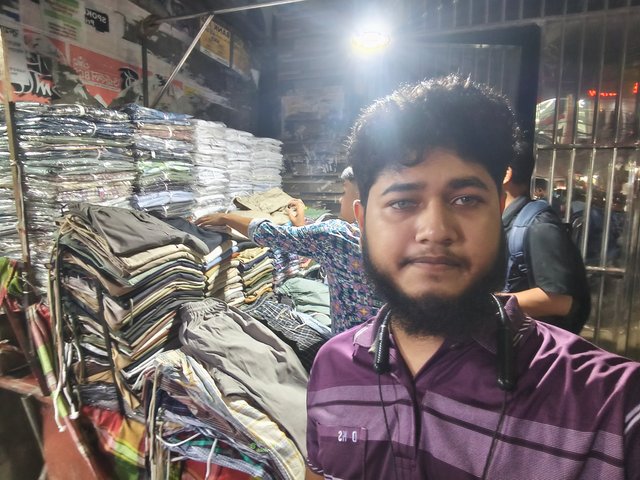



My x promotion link
https://x.com/tanvirahammad85/status/1976156277941449078?t=ML5FLoR2WcBQAIez-3PS8A&s=19
You have beautifully explained all the details of a very beautiful cloth market in the industrial area and presented it through a video and invited me to participate in this competition.Thank you very much and I wish you success in this competition.
Thank you very much for such a nice comment. I hope you will also participate in this beautiful contest.